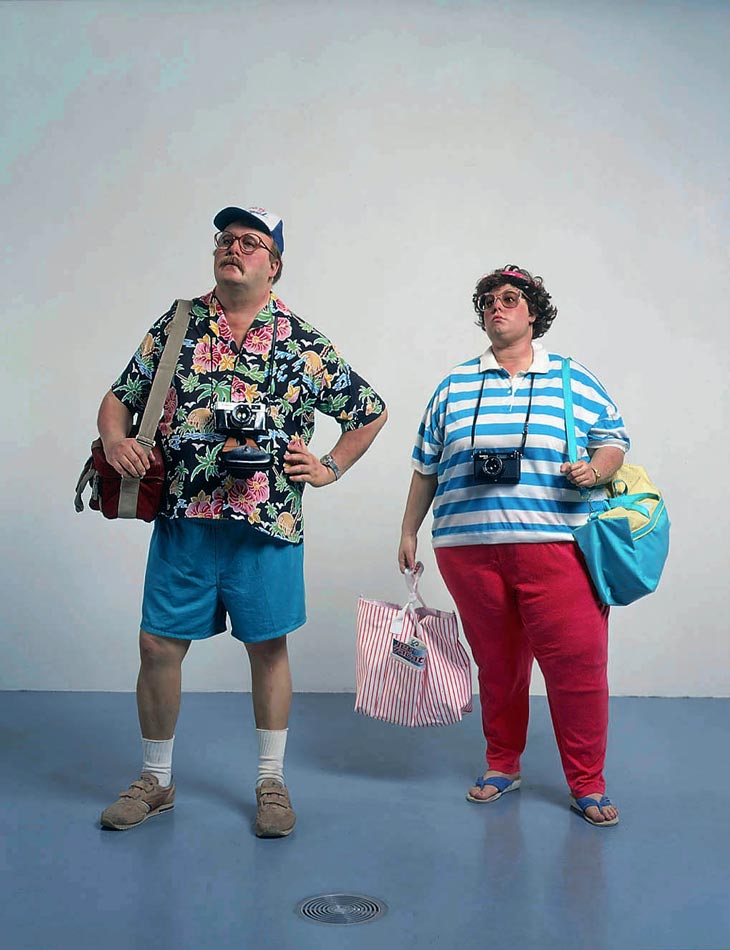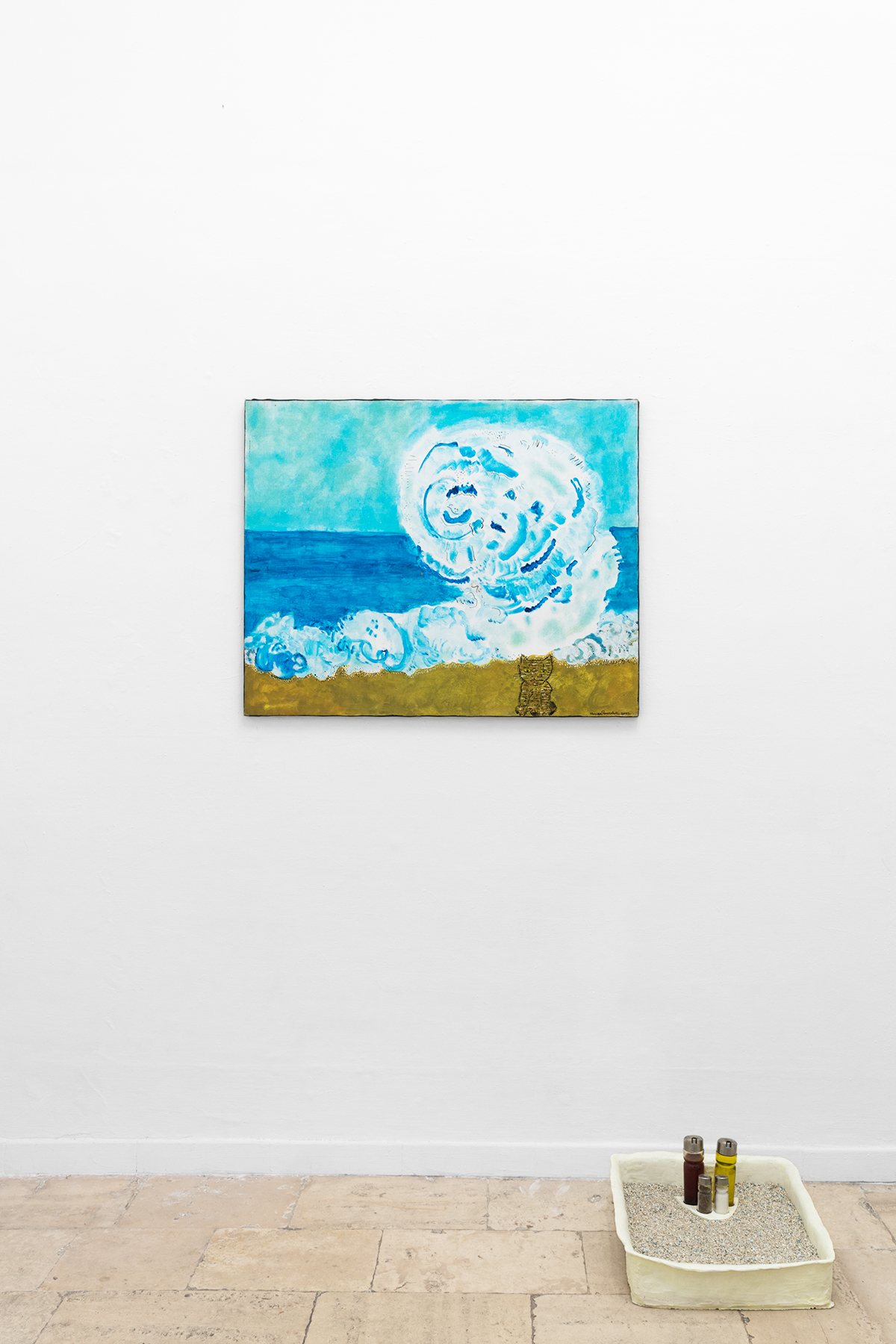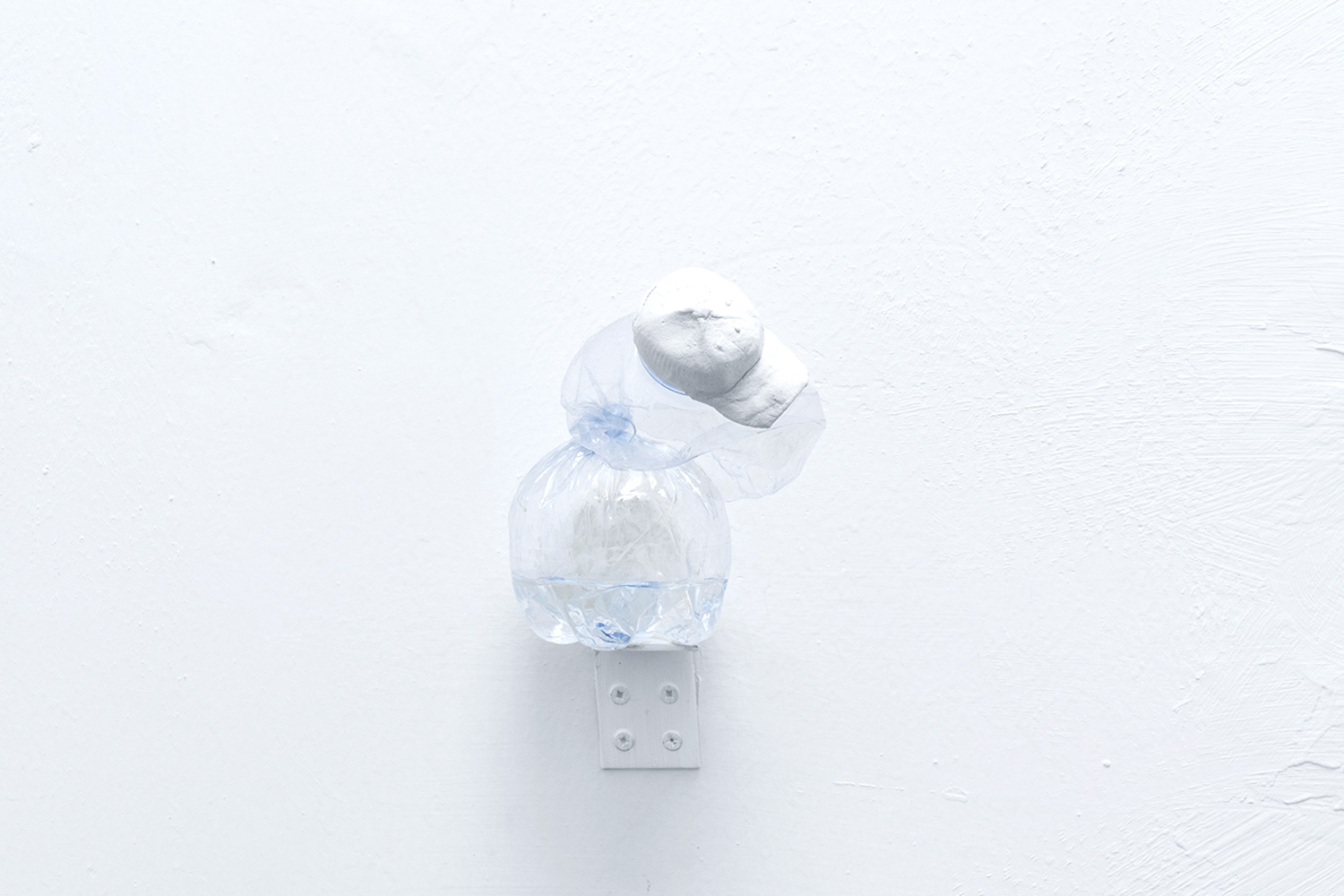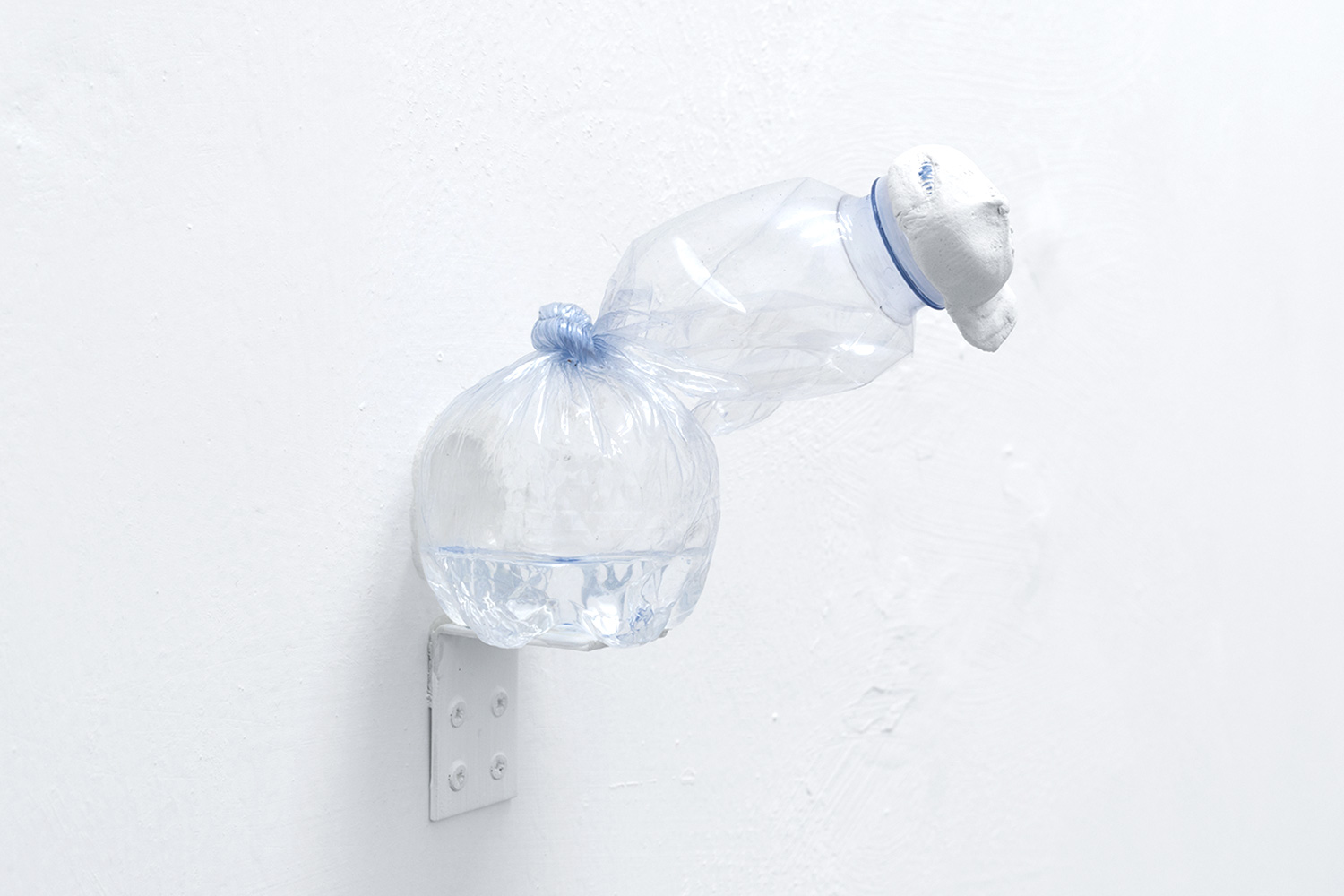Superhost
AGF HYDRA + Callum Leo Hughes + Keiken + Sophie Mars, Maya Ben David, Monia Ben Hamouda, Chiara Camoni, Daniela Corbascio, Stine Deja, Débora Delmar, Andreas Ervik, Michele Gabriele, Julie Grosche, HYPERCOMF + George Tigkas, Motoko Ishibashi, Natalia Karczewska, Botond Keresztesi, Andrea Kvas, Lucia Leuci, Valerio Nicolai, Ornaghi & Prestinari, Jaakko Pallasvuo + Anni Puolakka, Nuno Patrício, Clemen Parrocchetti, Andrew Rutherdale, Namsal Siedlecki, Micah Schippa, Mireille Tap, The Institute of Queer Ecology, Patrick Tuttofuoco, Wisrah Villefort
+
"Ensemble" Video program curated by Julie Grosche, with: Lola Gonzàlez, Florian Sumi, Emma Frost Nixon, Laura Gozlan, Katy McCarthy, Christine Navin, Elizabeth Orr, Laura Porter, Deirdre Sargent, Lucas Seguy, Yoan Sorin, Marc Yearsley, Vijay Masharani, Katy McCarthy, Virginia Lee Montgomery, Chloé Rossetti, Yoan Sorin
+
Data and text contributions by: Murray Cox (Inside Airbnb), Cecilia Guida, Darren Marshall, Like A Little Disaster
Curated by Like A Little Disaster and PANE Project
4 August / 22 October 2019 @Foothold, Polignano a Mare
In a totally touristified ecosystem as the one in Polignano a Mare, “SUPERHOST” uses the strategy of camouflage as an ironic hypothesis of resistance.
“SUPERHOST” is a real/fake Airbnb that manifests itself through an identity dissolved in a permanent chameleon-like process.
It emerges as a complex system of presentation strategies (of myself, of the neighbor) and of representation (of the self, of the others) that operate according to forces at play. These forces redefine, reorganize and re-explain the forms of the visible; they invite us to rethink the idea of the sign and of the production of the sign, the representation and the distortion of representation.
The interpretation of the environment of ” SUPERHOST ” has nothing to do with the concepts of truth and fiction. In its inside it is not necessary that the signs are true or false, but effective. What is worth is the credibility of the simulacrum offered to the other, the interactive moves and the regimes of belief and suspicion that are triggered.
The staging reiterates the maintenance of doubt, of a “duo-habere“, the failure to find a unique solution in the observation, keeping both extremes of the true/false cognitive couple alive.
The gaze, the interactive filter between truth and fiction is related to the theories of “sight seeing”, according to which the tourist experience (or the experience of the contemporary consumer tout court) would be profoundly altered due to the fact that it was pre-selected and pre-packaged, characterized by a series of social myths dependent on historical constructions aimed at a specific class, the wealthy one. Massified tourism industry is born from the alienation produced by capitalism in which even leisure and entertainment are shaped by the compulsive character of a society folded onto its smartphone, and organized travel becomes the emblem of the totalitarian nature of this system. The tourism industry is totally within the cultural one. What is purchased is a symbolic capital, but paradoxically the liberation from the world of industry takes place through the creation of another industry.
When tourism becomes a mass phenomenon, the element that normally necessary to the journey is the “sight”, the thing that must be seen, classified with one, two or three stars, according to its value. The tourist knows the object as sight, that is to say as a normalized element, worthy of being taken as an objective of an experience. The dominance of the sight, the translation into images of things and their normalization react on the things themselves, reducing them to the condition of a museum, a botanical garden, a zoo or an amusement park. Like in a shop window, the things to be seen endure a capital transformation: they are detached from their context, deprived of their networks, of the relationship with the conditions that have determined them and which can, itself, explain them.
SUPERHOST explores inauthenticity: in the sense that the traveling tourist would not see the world as it really is, but only the world that has been selected for him-her / or carefully prepared by the local communities themselves; he would not therefore see things, their natural or cultural essence, but only their image. The spatial articulation shaped by anxiety for the likely and the iconic, ultimately takes on signs of signs with which we are accustomed to representing the world, the elsewhere, the otherness.
Seduction takes the place of persuasion.
The sign is made to lie!
–
Overall, the project seeks to focus on some topological transformations that lead from the local to the global and then return to the local. Macro-actors are composed of micro-actors – aggregates are not made by other material but the one they aggregate.
Index:
I
The real effects of the immaterial capitalism.
II
The “creative destruction” practiced by the tourism industry. Producing growth and economic development by destroying the foundations on which that growth was based.
III
The notion of tourist-centered and its ontological relatives, (gentrification, commodification).
– Airbnb as a tool for social and racial discrimination.
IV
The conditions of contemporary work (and emotional work) related to post-bio capitalism.
V
The alienation surrounding the third sector.
The concern of being replaced by the car.
VI
How to become a SUPERHOST. How to be a SUPERHOST with one sad star.
VII
Sharing/green economy and ecological impact.
VIII
Overtourism.
IX
Plastics, pipes, sewage systems.
X
Touring Cultures: a fish market that becomes the caricature of a fish market.
XI
Brandization of the private and public sphere. Privatization of public space and the simultaneous public extension/ostentation of private life.
XII
The sense of community/collectivity. The concepts of sharing and co-existence (within a vision of the network extended to the human – not human, to the techno – biological).
XIII
The schizophrenic ambivalence between the image of openness and acceptance that many cities and regions seek to give of themselves, and the contemporary global/local policies that use categories that close and exclude.
XIV
Holidaymakers as hyper-objects.
XV
4.5 gigatonnes of CO2 each year.
XVI
Adela / Xenia.
XVII
Tourism as a form of neocolonialism
+
If “nature” has taught us that diversity is a perpetual and urgent necessity, what can happen to a territory transformed into monoculture through a unidirectional economy?
The Local and The Tourist.
A Conversation.
Text by Darren Marshall

One bleak, sodden apology of an afternoon in late December, Mr. Local (a local) stepped into the Scottish National Gallery of Modern Art in Edinburgh to take momentary shelter from the blinding veils of rain. Taking a seat in front of Duane Hanson’s Tourists IIi – two life-like, life-sized sculptures of male and female tourists – Local was startled to observe the male figure blink, and then with a gentle shift of weight from his left to right leg, emit a soft sigh as he tentatively took a step forward. Unfamiliar with living art and the protocols of its interaction and engagement, but being genial and of good manners, Local offered the Tourist sculpture a seat on the bench next to him, and passed him a hip flask from his breast pocket. Taking a sip, his irises warmly dilating, Tourist spoke.
Tourist ‘Somewhere I have never travelled, gladly beyond any experience.’ii
Local E.E. Cummings, a favourite of mine. I take it from the wall text and your attire that you’re a tourist, and from your accent, a fellow countryman of Cummings? Have you read any Scottish poetry?
Tourist ‘The untented Kosmos my abode, I pass, a wilful stranger: My mistress still the open road.’iii
Local Stevenson’s Songs of Travel. Apt for a tourist. Is this your first time in Scotland?
Tourist It’s hard to say. I’m not aware of having previously being conscious, but that could be an issue of memory. Although as a tourist I’m certainly very aware of being here right now. Would you mind if I took a photograph of you?
Local Not at all, be my guest.
Local raises his hip flask, takes a sip, and holding his drink aloft becomes a brief sculpture of himself, acting out a jovial smile as Tourist lifts his camera to capture the suspended moment.
Local Slàinte Mhath!
Tourist Cheers!
Local Whisky. Uisge beatha. It means, ‘water of life’. ‘I feel this river flowing through me – its past, its ancient soil, the changing climate. The hills gently girdle it about: it course is fixed.’iv
Local hands the flask back to Tourist, who takes another drink.
Tourist When in Rome. It beats bourbon or rye whisky in my opinion. I’d never drank Scotch until I visited Scotland. It was, or rather is, a new and very welcome experience. You might say that’s one of the things I like best about being a tourist – experiencing new things. Especially new forms of alcohol.
Local I can see from your wife’s stature that she’s more inclined to experiencing the gastronomic side of things. I like a good meal myself. I can’t help noticing she hasn’t moved from her spot as you have.
Tourist She can get very transfixed like that. Hypnotised almost. She does love looking at things she hasn’t seen before, and besides, she isn’t one for moving around too much. Rather prefers sitting to standing. But give her a pew with a view of something new and she’s almost religious in her contemplation of what’s at hand.
Local ‘One’s destination is never a place, but rather a new way of looking at things.’v I don’t mind tourists myself, we get a lot of them here in Edinburgh, but you’ll find a few folk who would say tourism and contemplation are mutually exclusive. Look at that group over there, they’re not even looking at the paintings, just taking photos of them. Your cultural commentators would have it that the tourist epitomizes the loss of our ability to experience things properly.
Tourist Sure, we tourists carry that baggage, even more so if you’re an American of the species. But I think that’s what Duane – he’s my father – I think that’s what he tried to address when he made me. By taking time to hand paint these veins and liver spots on me he set up the tourist to become the toured, the destination, to spotlight a common humanity in order to subvert any easy indictments of our touristic status. I’ve watched many an eye looking me over, and I’d say that to most people I’m a stereotype, but I think for Duane I’m more of an archetype. The tourist as a shape-shifting wanderer, reconfiguring themselves across time, geography and culture. Mark Twain said ‘travel is fatal to prejudice, bigotry, and narrow-mindedness’vi, but I think the traveller or tourist themselves are often subject to those forms of preconception.
At Local’s suggestion both men set off on a walk around the gallery. In the rooms dedicated to 16th and 17th century art they take a seat in front of a large painting, Portrait of Francis Basset, 1st Baron de Dunstanville and Basset (1757-1835) by the Italian artist Pompeo Batoni. It depicts the future baron on the ‘Grand Tour’, with the Castel Sant’Angelo and St. Peter’s Basilica in the background.vii
Local (Gesturing towards the painting) Of course the tourists all piled into Italy back in the day. I suppose that the perceived difference between the Grand Tour and your average tourist is one of intent. Your ‘grand tourist’ saw their travels as a scholarly or educational observation of foreign cultures, whilst it’s assumed that for the modern tourist travel is as a form of leisure, or if I’m reading the exhibition print out on your good self correctly, a ‘distraction from the late 20th-century nothingness beneath the sheen of consumer culture’. No insult intended. At any rate it’s hard to imagine the Baron de Dunstanville and Basset here taking a selfie of himself in a G-string at Chernobyl or pulling a moonie for the camera at Machu Picchu, a la your modern newspaper headlining outrage inducing tourist.
As they look at the painting, Local and Tourist are startled to observe the painted figure of the Baron blink, and then with a gentle shift of weight from his left to right leg, emit a soft sigh and speak to them.
Francis Basset, 1st Baron de Dunstanville and Basset Scholarly and educational? Have you read Boswell or Byron’s accounts of their tours sir? Religion, philosophy, petticoats and libidinous perambulations. One can only look at so many ruins before the brevity of life overwhelms you and the remedies of enchantment are required.
Tourist Perhaps it’s antagonising for locals to see fellow human beings prioritising their sensual capacities, whilst they themselves are waylaid with pragmatic day-to-day concerns. Do you know the poem Tourists by Yehuda Amichai? I always found that poem a bit stuffy, a little condescending. How can he know with one sweeping brush the reflective depth of all who wander through memorials, histories, old streets and past lives? There seems to be some misplaced sense of authorship, that these places and pasts belong to him, by virtue of his being a local or in possession of a more sensitive disposition than the undeserving tourists. And then he proposes that for the tourists ‘redemption will come only if their guide tells them, “You see that arch from the Roman period? It’s not important: but next to it, left and down a bit, there sits a man who’s bought fruit and vegetables for his family.”viii
Francis Basset, 1st Baron de Dunstanville and Basset I once took laudanum under a Roman arch. Overrated I thought. Laudanum, not the arch. It was a beautiful arch.
Local Aren’t we all tourists, in the last analysis?
Tourist I think we can be philosophical until the cows come home about my inherent symbolism, what I may or may not represent and so on, and ok, that’s important. Huxley said, ‘For the born traveller, travelling is a besetting vice. Like other vices, it is imperious, demanding its victim’s time, money, energy and the sacrifice of comfort.’ix But I think that you also have to question the extent to which this vice demands not just the travellers time, money and energy, but that of the destination too, and of locals like yourself. The philosophical and the social aren’t always whistling to the same tune, however unifying or sympathetic art may ask us to be.
Local It’s certainly a view held my many locals that tourism is killing their villages, town and cities. In Barcelona they call it ‘Parquetematización’ – the act of becoming a theme park. Social fabric and identity are being overwhelmed by a tourism that homogenizes everything into mediocrity. You travel half way across the world and find the same shops that you have back home, the same multinational chains, the same masses taking selfies as they queue to get into a museum or art gallery, institutions which themselves are often a target, a glamourous bullseye, for the tourists to aim at. Overpopulation. Too many people, let alone too many tourists. Too much everything, and capitalism as the map. How to combine faith in the democratization of travel, with the reality of mass tourism indelibly changing the places swallowed up by its attention? Answers on a postcard.
On Tourist’s behalf, Local takes a photograph of Tourist and the Baron saying ‘cheese’. Nodding respectfully to the Baron, who returns a thoughtful nod of solidarity with the complexity of their conversation, Local and Tourist move on through the gallery. Rounding a corner they come across the sculpture Blessed Ludovica Albertoni (1671-74)x by Gian Lorenzo Bernini, a preternatural encounter, as the sculpture is permanently located in the specially designed Altieri Chapel in the Church of San Francesco a Ripa in Rome, Italy. Local and Tourist take a seat, absorbed by the play of light across the marble drapery.
Local (Turning to face Tourist) What I like about you, as a work of art, is your allusion to artistic peregrination. I’m galvanised by the creative odysseys or experimental tourism that’s flourished in your admirable lineage. The Surrealist flânerie for example was a wander through the crowds looking for unusual encounters. The Situationists pushed for an art of dérive, or drifting, by way of clandestine walks, itinerant itineraries, direct interventions and passageways through the city that confounded routine experiences and swam against the tide of media, marketing, and commodification. And Fluxus artists hosted Free Flux-Tours into marginal areas of the city, in an effort to redirect travellers away from the geographical prerogatives of capitalism. Tourism companies should be owned and run by artists.
Tourist You know your artistic beans, what’s your story?
Local I’d rather not say. We locals have to keep something back for ourselves. From the other locals too. Sharing is overrated, a symptom of post-religious anxiety and a resultant need to prove we have existed. I hope you don’t mind.
Tourist Of course not. You’ve been very kind to me. Believe me, the climate around the perception of outsiders has changed since I was cast. The figure of the travelling stranger as a threat has become endemic to the post–September 11 climate. Your fellow Scot Douglas Gordon’s Psycho Hitchhiker played up to that I think, when he impersonated a hitchhiker standing in the middle of the road holding up a sign addressed to drivers marked with the destination “Psycho.” In some ways tourists, visitors, immigrants, diasporic residents, nomads, and other border crossers articulate a sense of potential threat to the local, regional and national imagination, as well as to the physical infrastructure.
Their gaze returns to the sculpture before them. Life and death. A funerary sculpture topped with an achingly alive breath. The fluctuating light, edited by the passing clouds as it moves over the dead marble, lends it the illusion of moving with her breath. The folds in her habit waver between turmoil and a coalescing into stillness, between a waterfall and the frozen sea. As they look at the figure of Ludovica, Local and Tourist are startled to see her blink, and then with a gentle shift in the marble, emit a soft sigh and turning, gently smile at them.
Blessed Ludovica Albertoni ‘A book must be the axe for the frozen sea inside us.’xi
Local I must be getting home, my wife will be wondering where I’m at, and yours too. Do you have the time?
Tourist My wristwatch has read 10:30 since 1988. You know she’s not really my wife don’t you? Duane cast the two of us on different days, we never actually met in the flesh. But as fiberglass goes she makes a fine traveling companion.
Local and Tourist walk back to the room where they met and exchange a silent, friendly handshake. Renouncing a fleeting urge to take a selfie of them both on his mobile, Local elects to consign their encounter to the vagaries of his memory banks, to be turned over by the river’s flow. Tourist settles into a stillness in time, a memory, a childhood photograph, a sightseeing keepsake speaking of our need to engage the world in ceaseless signification, an intimate record of our mobile existence, the visitor scratching his initials on the Colosseum, pissing on Stonehenge, sipping a margarita, tremulous before an ethereal sunset, visiting somewhere for the first time, visiting somewhere for the last time.
i “Duane Hanson: More than Reality, 2001,” Schirn Kunsthalle, Frankfurt (2001, traveled to Padiglione d’Arte Contemporanea, Milan; Kunsthal, Rotterdam; National Galleries of Scotland, Edinburgh; and Kunsthaus Zurich)
ii E.E.Cummings, ‘somewhere I have never travelled, gladly beyond’, from E. E. Cummings Complete Poems (Liveright Classics, 2013)
iii Robert Louis Stevenson, ‘Youth And Love: I.’ from Songs of Travel (Kessinger Publishing Co. 2004)
iv Henry Miller, Tropic of Cancer (Grafton, 1965)
v Henry Miller, Big Sur and the Oranges of Hieronymus Bosch (New Directions, 1957)
vi Mark Twain, The Innocents Abroad / Roughing it ((Library of America, 1984)
vii Pompeo Batoni, Portrait of Francis Basset, 1st Baron de Dunstanville and Basset (1757-1835). This painting has never been on display at The Scottish Gallery of Modern Art. The painting was produced in Rome whilst its subject was there but, in being shipped back from there to England on board the British frigate HMS Westmoreland, it was seized by the French. It was later sold by them to Charles III of Spain, and is now in the Prado.
viii Yehuda Amichai, Tourists from Poems of Jerusalem (HarperCollins, 1988)
ix Aldous Huxley, The collected works of Aldous Huxley (Chatto & Windus, 1969)
x Gian Lorenzo Bernini, Blessed Ludovica Albertoni (1671-74). This sculpture has never been on display at The Scottish Gallery of Modern Art. The sculpture is located in the specially designed Altieri Chapel in the Church of San Francesco a Ripa in Rome, Italy.
xi Franz Kafka, Letter to Oskar Pollak (27 January 1904) from Letters to Friends, Family and Editors (Schocken Kafka Library, 1990)





















































































































